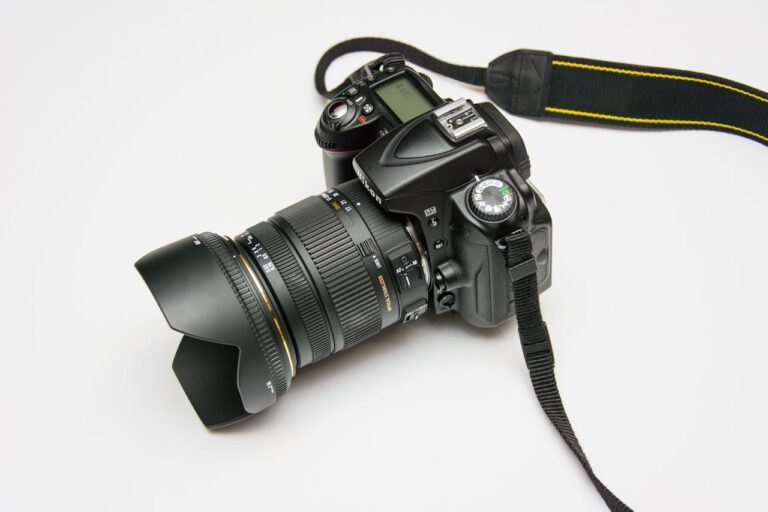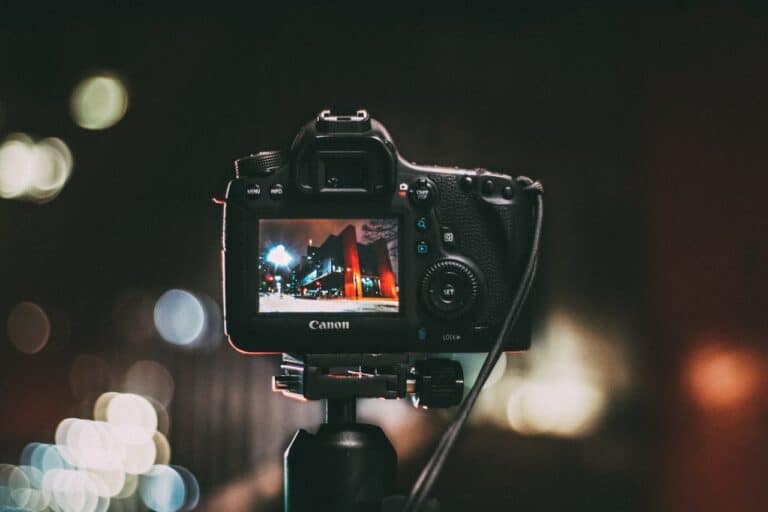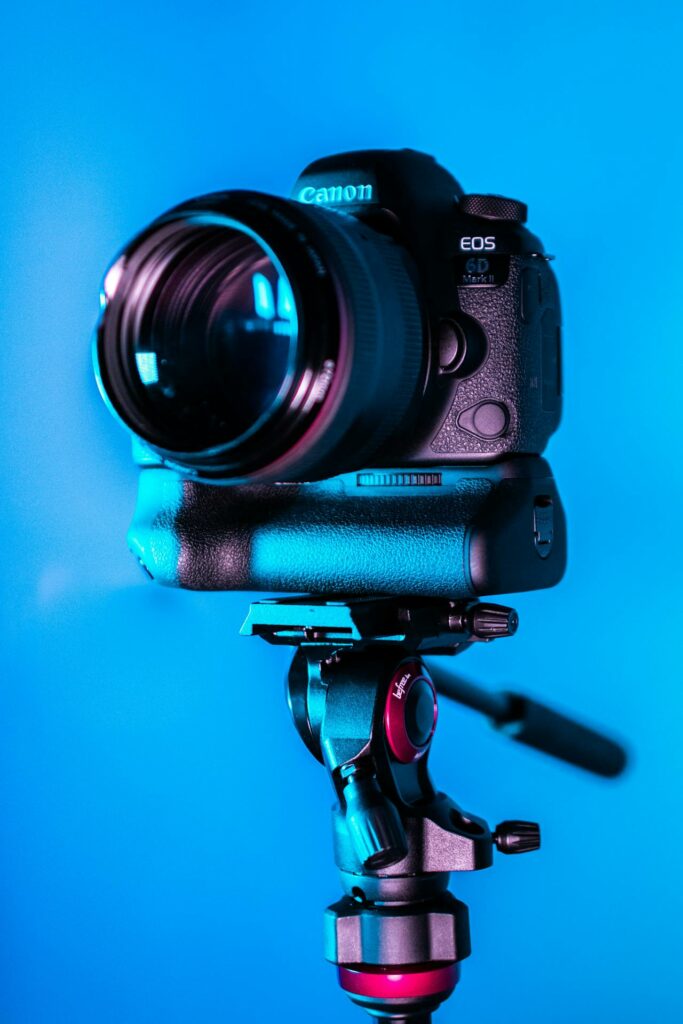Cameras For Sale Online
Find the ideal cameras for sale with the utmost ease by purchasing it at Shop Scanner. It can be difficult to narrow down your alternatives while searching for the best mirrorless marvel or the best beginner’s partner. Rest assured. At your fingertips is an overwhelming array of options from industry-leading manufacturers such as Sony, Canon, Nikon, Fujifilm, and many more. Discover the perfect match with ease, whether you’re looking for a professional-level full-frame marvel or a lightweight vacation companion.


Types of Cameras
DSLRs
Digital single-lens reflex cameras focus light on a digital sensor using a single lens. After the sensor digitises the image, it’s shown. This lets the photographer review the shot immediately and change lighting and focus manually. Professional photographers choose DSLRs for their versatility and output quality.
The Mirrorless Camera
Mirrorless cameras combine digital and film. They are the new camera generation. They are equipped without an optical viewfinder and mechanical mirror. The LCD screen displays images, and the camera sensor is on the rear. They have a tiny lens and a big 35mm-sized sensor. Mirrorless cameras cost a lot. However, their better picture quality, smaller size, and lighter weight more than compensate. Many people now prefer mirrorless video cameras.
Micro FourThirds Camera: MFT or M4/3
The camera industry just introduced Micro Four Thirds. They have interchangeable lenses and are smaller than DSLRs. The lightweight and small Micro Four Thirds system is ideal for traveling amateur photographers. Professional photographers who wish to travel light yet capture amazing photos with a reliable camera should explore this option.
Compact Cameras
Point-and-shoot cameras are on their way to extinction. A compact camera was the gold standard for consumer photography, but have been replaced by mirrorless and mobile cameras. This cameras has a fixed lens, even though the line between compacts and small mirrorless cameras is blurred.
Bridge Cameras
Digital bridge cameras combine SLR and compact features. Known as a hybrid camera. This compact to medium-sized camera has many of the same functions as an SLR but is lighter, cheaper, and easier to carry.
Action Cameras
Action cameras are most popular. These portable devices can record high-definition footage of your vacation. These cameras also capture great drone and extreme sports footage.
The cameras are light despite their sturdiness. Waterproof action cameras are popular for underwater footage. An action camera can be mounted on most surfaces, including surfboards, kayaks, wrists, and helmets. Great for drone photography.
Understanding Camera Specifications
Its best to understand all the possible specs before choosing from the cameras for sale.
Sensor Size and Resolution: The amount of detail a picture can capture is influenced by the resolution of the camera. The relationship between sensor size and low-light performance and image quality is linear. In general, larger sensors provide higher-quality images.
When shooting in low light or with a telephoto lens, image stabilisation can help keep blurry shots from blurring due to camera shake to a minimum. This feature improves the clarity of handheld images and can be either optical or sensor-shift based.
Speed, precision, and coverage are three characteristics that can distinguish autofocus (AF) systems. Regardless of the lighting or subject matter, modern cameras are able to focus quickly and accurately thanks to their advanced autofocus systems that include several focus points.
The number of frames that a camera is capable of capturing in continuous shooting mode is called the frame rate. Capturing quick action or making smooth motion in videos is made easier with higher frame rates. The amount of successive shots that a camera can capture is determined by its frame rate (FPS – frames per second) and buffer size.
Electronic viewfinder (EVF) and high-resolution LCD screen allow for precise focus evaluation and composition evaluation. Screens that can tilt or articulate allow you to capture images from a variety of perspectives.
Camera usefulness is greatly impacted by ergonomics when it comes to handling. The ergonomic design, user-friendly controls, and programmable buttons make it easy to hold and use during shooting sessions.
Memory Card Slots: Various card slots are compatible with various memory card formats, such as SD and CFexpress, giving you more storage capacity or backup choices for important shoots.
The interchangeability of a camera’s lenses is a key component in its adaptability. Photographers may take on a wide range of topics and situations with a versatile lens array that includes wide-angle, telephoto, and specialty lenses.
ISO sensitivity, or the range of ISO settings, determines how well a camera works in dim light. With a wider ISO range, you may play around with exposure settings without sacrificing quality.
Controlling the period of exposure, shutter speed affects light sensitivity and motion blur. The ability to capture quick movement or achieve long-exposure effects is greatly enhanced by cameras that come with a wide range of shutter speeds.
Cameras for Sale: How to Choose Which Camera to Buy
There are a number of important considerations to make before purchasing a new camera that will guarantee a satisfying photographic experience. One of the most important factors is the image quality. This is where reviews come in handy; they point enthusiasts in the direction of cameras with features and factors that they have prioritised.
Ergonomics have a major impact in choosing the best option. The degree to which a camera fits well in the photographer’s hands and streamlines their workflow is heavily dependent on considerations such as size, grip comfort, and button location.
How well the camera fits in with people’s routines and ways of living is also heavily influenced by its size and how often you will use the camera.
For consumers choosing cameras with interchangeable lenses, the availability of lenses is an additional factor to consider. The ideal pairing of camera body and optics is achieved by careful consideration of financial limitations and future photographic goals, which leads enthusiasts to lenses that are compatible with their cameras. Expanding one’s search to include second hand lenses opens up new possibilities, but one must use caution to avoid scams.
Given the constant advancements in technology, it seems wise to choose the most recent types of cameras. Prioritizing investments in more recent versions enhances durability and future-proofing, even while budgetary restrictions may force concessions.
Savvy consumers looking for a compromise between price and modern conveniences may peruse sales on older models.
Why Buy a Camera From Us
Shop Scanner can help you easily up your photographic game. Discover an extensive selection of high-quality cameras at your disposal, featuring well-known brands like Sony, Canon, Nikon, and Fujifilm. There are countless options to choose from, whether you’re looking for the ultimate in mirrorless innovation or the ideal beginner’s partner. From the comfort of your home, take advantage of the ease and security with which you can peruse comprehensive specifications, peruse reviews, and compare pricing on all our cameras for sale.
Frequently Asked Questions
When buying a camera, autofocus speed, fps, startup time, and operational speed are important. Fps is the number of images, shots, or frames a camera can take per second. High fps graphics and video are smoother and crisper.
Specs include megapixels, aperture, focal length, sensor size, zoom type, stabilisation, and focusing.
Most photographers need 10-20 megapixels. Without printing or cropping, megapixels aren’t important. Fortunately, most high-quality DSLR and mirrorless cameras today have at least 15 megapixels.
Find a phone with at least 12 megapixels to capture better detail. Also consider aperture. A wider aperture (lower f-stop value) lets in more light for low-light photography.
If you like our range of Cameras, you might also be interested in our selection of Cellphones

